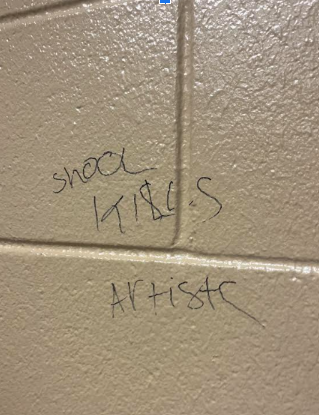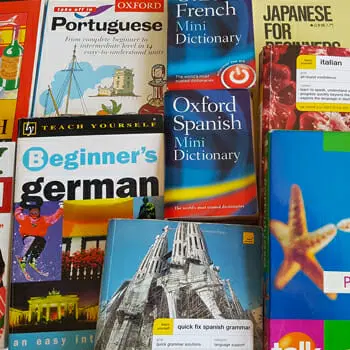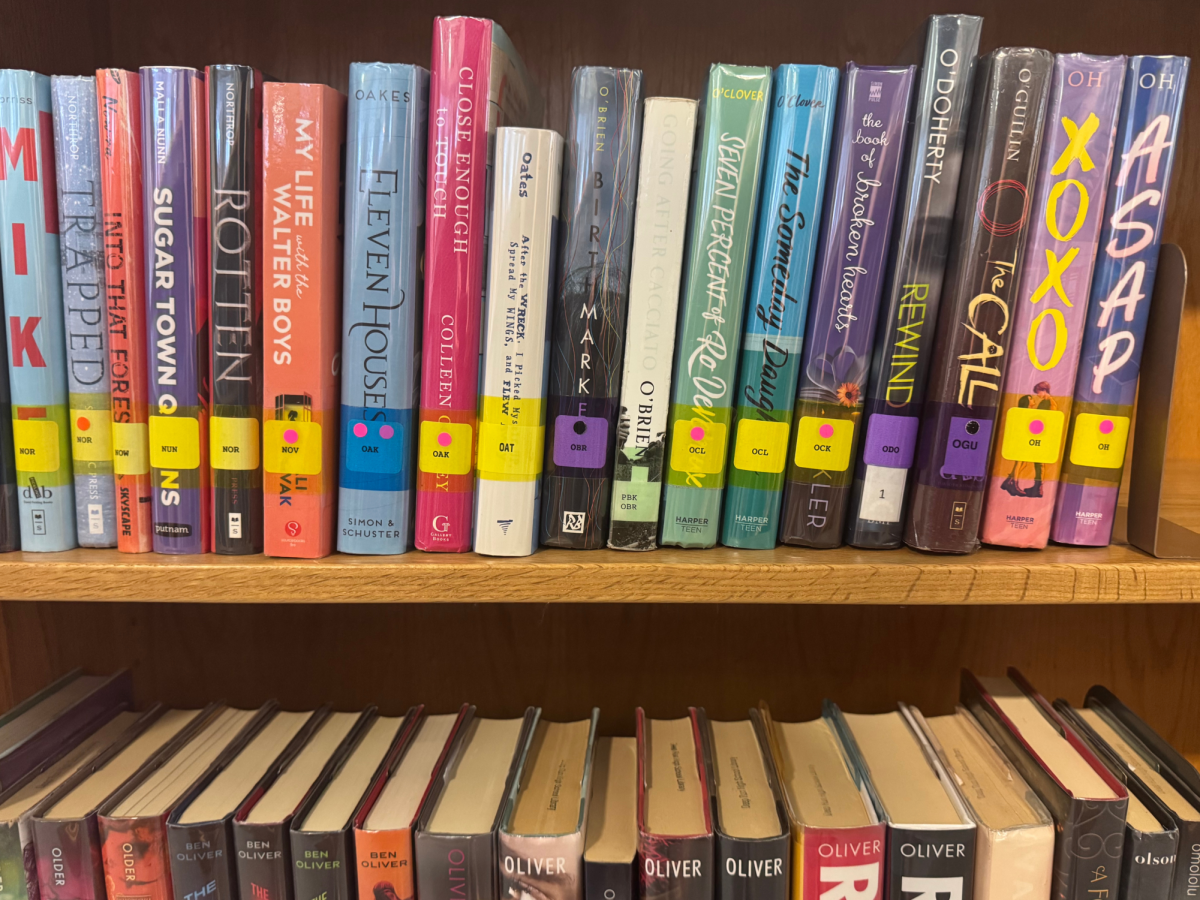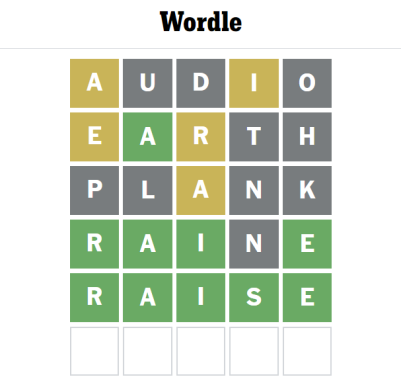
Wordle, Connections, Crossword, and their newest edition, Strands, have gathered a large amount of attention from the public in the past two years, but why has the media given them so much fame? If you have ever seen a friend, family member, or classmate playing a New York Times game, you might’ve questioned what the game they have been playing is.
Out of the several games New York Times provides every day, Wordle is the most popular out of all of them. It is a daily brain game where the player has six attempts to guess a random five-letter word. Each word you enter gives you another piece of information based on the word.
This game is easily the least stressful game to play. Playing Wordle puts your brain to work. When winning, it gets the player feeling like a walking dictionary by the end of it.
Another game that has blown up online is Connections. This game consists of 16 random words, which may seem unrelated at first glance, but if the player can find a common thread within four out of the sixteen words, they may have gotten one of the four connections.
Whoever runs this game seriously needs to sit down and take into consideration how much their audience knows about the most random things. The creator of this game consistently has weird choices for what a new connection might bring.
Not only do the categories Wyna Liu (Creator of Connections) proposes come off as weird, but they can also give players major deja vu. Liu tends to show her liking to a specific animal, being a recurring connections category, and these animals are birds. She has proposed at least five categories with birds, making fans outraged.
Next is the familiar and adored game, the daily mini crossword puzzle. It proposes a small, no more than 10-word crossword puzzle where players can answer what word matches the definition NYT’s mini crossword gives you. The crossword is an overlooked and forgotten part of the NYT brain games, which is preposterous.
Similarly to Wordle, this game doesn’t leave players enraged or thinking too hard. However, if you are having trouble with the game, you can choose to have an auto-check filter to see what you might be getting wrong within the puzzle. The only possible way one could lose this game is by quitting.
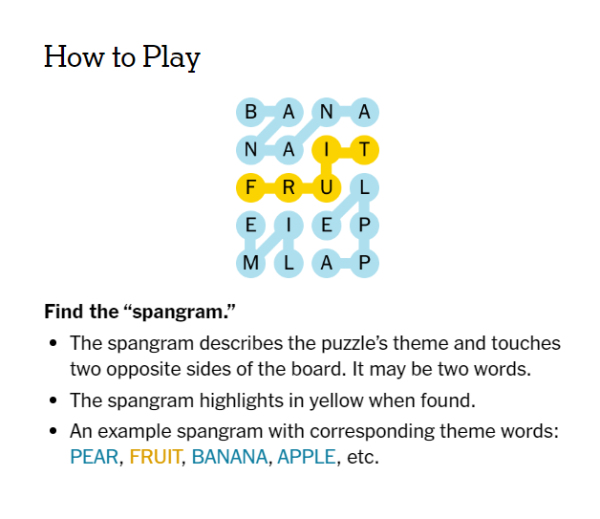
Finally, the new beloved NYT game, Strands, has taken all players on a journey. Strands put together a word search where players will be given a topic, for example, “This’ll all blow over.” The words to find in this 6×8 puzzle would be paper, bubble, feather, straw, balloon, and eyelash. The answer NYT alludes to will be what all the words you can find in the puzzle have in common. In this specific puzzle, it is all of the words being lightweight.
This game is literally as confusing as it sounds. Like seriously, going into this game will make you distraught. Once figuring out the spanagram (what all of the words have in common) NYT is alluding to, the remaining words aren’t too difficult to find. As a matter of fact, once you figure out the spanagram, the game is pretty smooth. It will definitely have your brain working, but not too hard, like Connections.
Even though there are plenty of great games if you could only play one a day, what is the one worth everyone’s time? Even though Strands gets your brain moving and Wordle makes you feel smart, the mini crossword puzzle is the most chief and absorbing game. It gets your brain ticking while also not having too much stress involved. So basically, it’s a mini Connections without the agony and hatred. The mini crossword will always have the audience’s heart and propose a relaxing way to begin or end your day.

